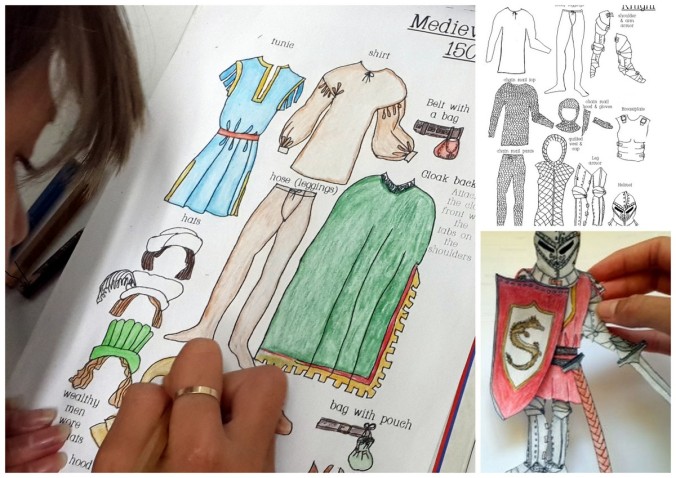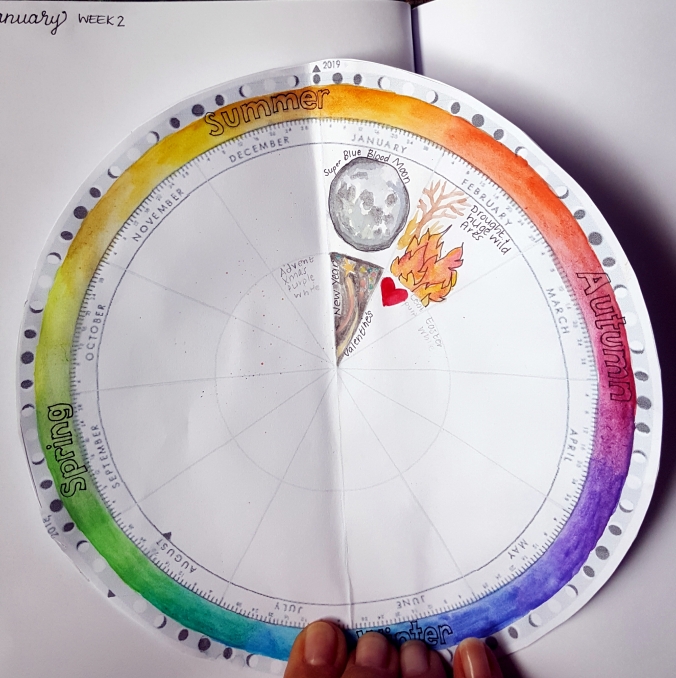
Wendy and Shirley, veteran homeschool moms and authors of the amazing South African Little Footprints, Footprints On Our Land and Footprints Into 21st Century curriculums, have launched their latest curriculum called
Footprints Nature Quest
This curriculum covers South Africa’s natural biomes, Geography and Natural Sciences. The focus is on the unique flora, fauna and other natural features of each distinct area. The curriculum takes you on a journey of discovery exploring the depths of the dark kelp forests of the west coast as well as the diverse east coast with its warm ocean and lush vegetation. Your family will uncover the secrets of animals and plants of the Nama Karoo, and meander through the rich floral kingdom of the fynbos biome. You will marvel at South Africa’s forests, rivers, mountains, bushveld, and the vast Kalahari desert.
I was delighted to preview their parent guide when I proofread it, and the content, the flow of the narrative and the details of the background information they provided utterly enchanted me! Here is my review:
What age groups?
Footprints Nature Quest is a literature-based unit study aimed at children between the ages of 8-16 years. Footprints Nature Quest also includes the option to buy a package of beautiful picture book stories for families with children in the 4-8 years age category. These books will include your younger children in the different safaris of each biome, perfect for multi-level home education. Anyone interested in nature will thoroughly enjoy this curriculum!
How long will this curriculum take?

Your family will experience an incredible 2-year+ safari-style adventure through the spectacular nature of South Africa! This is a stand-alone curriculum, but it will dovetail perfectly alongside the Footprints On Our Land curriculum, where it may take a little longer to complete. It is very flexible and parents can include the Nature Quest reading as part of a weekly nature study cycle. I would encourage parents to take it slowly, savour the books, include wide margins to follow “rabbit trails”, take trips and invest in your children’s passions and interests.
How is it written?
Footprints Nature Quest parent guide is written in a gentle conversational style and I really loved that the story flowed as a safari journey following local guides. These guides are men and women of different nature careers, providing children with vocational inspiration, and there are a few adorable animal guides in other biomes. These guides will even take your family travelling back in time using a “time machine” to learn captivating facts about human settlements in South Africa.
What is included in the package?
As with all the other Footprints curriculums, the Footprints Nature Quest curriculum provides a Charlotte Mason-styled education with a collection of great living books, beautiful picture books, exceptional reference books and their in-depth parent guide.

The Footprints Nature Quest parent guide provides useful background information and well-researched facts about the details and complexities of each biome, as well as other enriching resources, lists of videos, movies and documentaries suited to the topics. Their course website includes additional links and references.
They have collected a wonderful selection of “living books” that bring subjects to life through stories, biographies or autobiographies. These authors share their knowledge and passionate insights from their experiences, as well as descriptions of this beautiful country and its natural inhabitants. These living books, unlike textbooks, are alive with details and will draw your family into the story as if you were there! Their picture books for younger readers are so beautiful and well-written, enchanting even the older children and teenagers in their families.
No need for worksheets, tests and exams?
The curriculum guide provides prompts and options for a wide variety of meaningful assignments such as narrations, timeline work, map work, writing assignments, practical activities and hands-on activities that will enrich your children’s learning and experiences. These assignments replace the need for traditional school-type quizzes, busywork and tests. They suggest relevant outings, trips and holidays for family explorations for each region, as well as highlight important environmental issues and voluntary organizations.
You can read more about Footprints Nature Quest, costs and how to order here: South African Homeschool Curriculum – Footprints Nature Quest
Footprints Nature Quest literature-based curriculum will stimulate rich family conversations, inspire purposeful work, offer potential career and environmental work opportunities, all in an atmosphere of joy and delight that leads to a love of learning.
I highly recommend Footprints Nature Quest!
Blessings, Nadene




























































You must be logged in to post a comment.